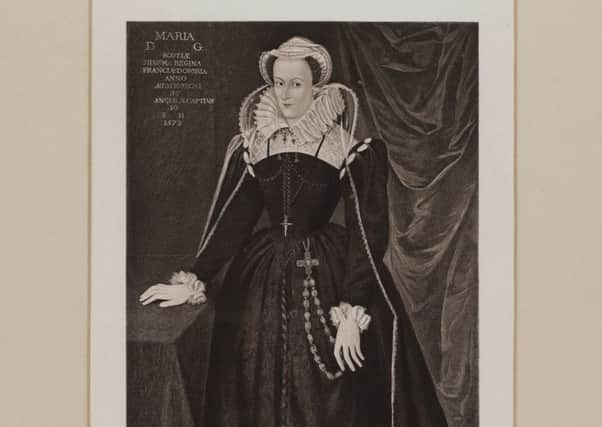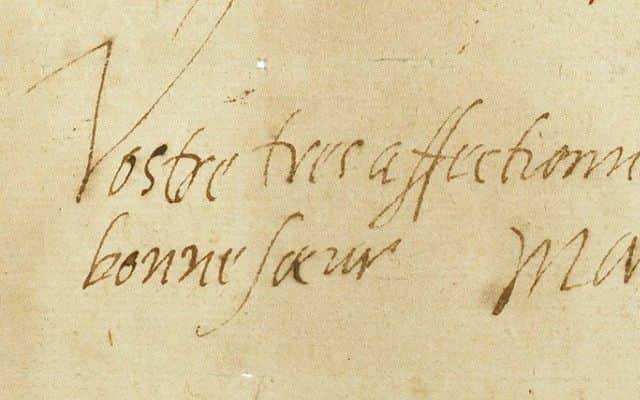Last letter of Mary Queen of Scots to be displayed at National Library
This article contains affiliate links. We may earn a small commission on items purchased through this article, but that does not affect our editorial judgement.


DOWNLOAD THE EDINBURGH EVENING NEWS APP ON ITUNES OR GOOGLE PLAY
Advertisement
Hide AdAdvertisement
Hide AdThe 430-year-old handwritten letter is one of the most powerful documents in Scottish history, written by arguably its most famous and controversial figure.


Interest in seeing the letter is expected to be high as long queues built up the last time it was on show at the National Library in 2009. The public will be able to see the letter from 10am-4pm on Wednesday, February 8 at the Library on George IV Bridge in Edinburgh.
This letter was written at two o’clock in the morning on Wednesday February 8, 1587 as Mary prepared to meet her death at Fotheringhay Castle in Northamptonshire. Writing to Henri III, King of France – the brother of her first husband - she says: “I am to be executed like a criminal at eight in the morning.”
Her “crime”, as she makes clear in the letter, was her loyalty to her Catholic faith which, together with her claim to the English throne, made her a considerable threat to her cousin, Elizabeth I of England. In the letter she also expresses concern for the servants she will leave behind who had served her so loyally during her 19-year imprisonment in England.
Towards the end of the letter, she beseeches King Henri to have “prayers offered to God for a queen who has borne the title Most Christian, and who dies a Catholic, stripped of all her possessions.” She was only 44 on her execution day.


Although born in Linlithgow Palace, Mary spent the early part of her life in France and was given a French education. This is reflected in her last letter which was written in French.
The Library has some 26 million physical items in its collection but few surpass the historical significance of the letter that will be displayed next week. Other collection material relating to Mary Queen of Scots will also be on display including a letter she wrote to her mother during her childhood years in France; a letter signed by Mary and her second husband Lord Darnley; and a pardon issued by Mary in 1549 with her Great Seal attached.
“The life of Mary Queen of Scots has fascinated people of all ages for generations. She is one of Scotland’s most famous monarchs,” said National Librarian Dr John Scally. “The National Library is pleased to provide this opportunity to see the last letter she ever wrote only hours before her execution. This is a rare chance to see a remarkable piece of Scottish history.”
Advertisement
Hide AdAdvertisement
Hide AdFor preservation reasons, the letter is rarely allowed to be displayed. Together with the other items, it will be on show in the Library’s boardroom from 10am-4-pm on February 8. Entry is free and all are welcome.